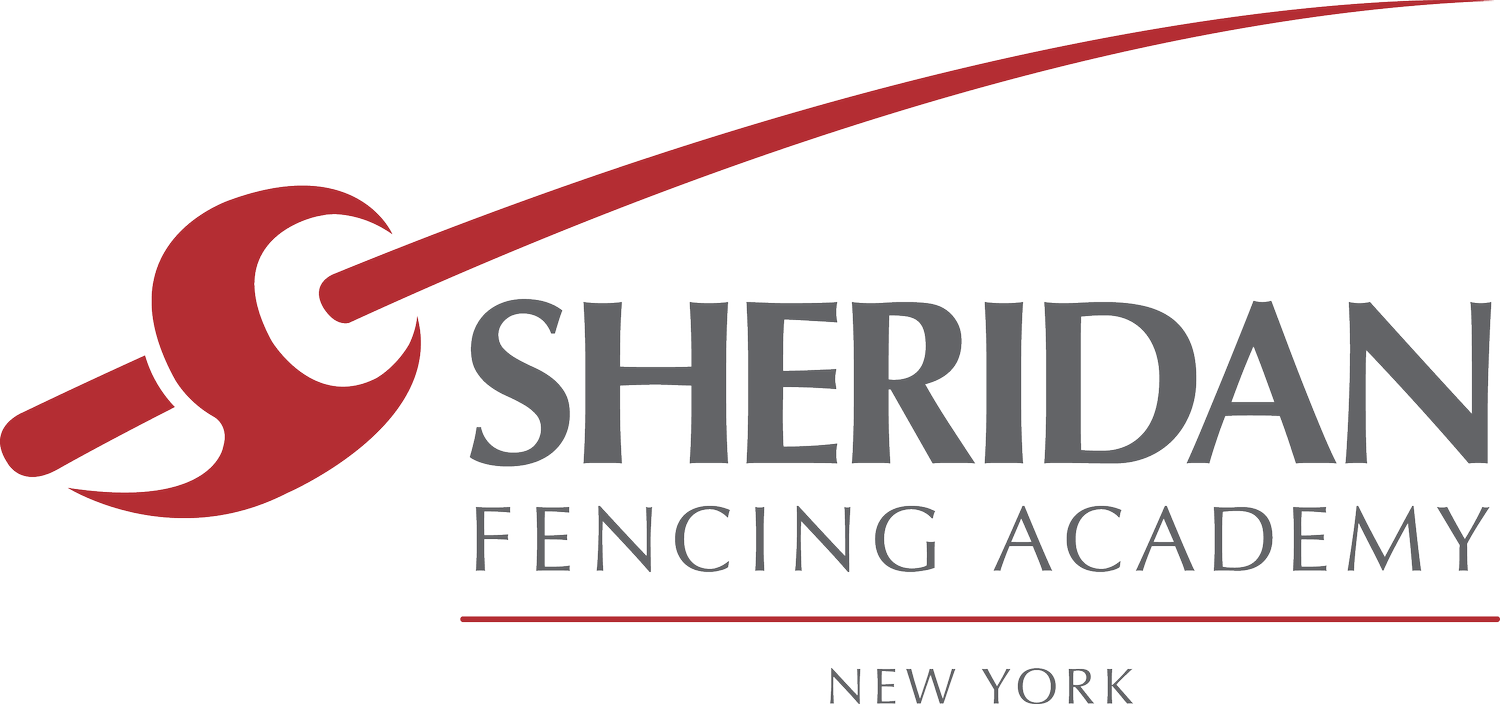The Tao of Fencing: The Role of Flexibility and Adaptability in Fencing
In his classic book The Tao of Jeet Kune Do, martial arts legend Bruce Lee writes:
Fighters can be placed into two main categories: the “mechanical” fighter and the “intellectual” fighter. It’s easy for the mechanical fighter to give advice because his fighting techniques and tactics are the result of the mechanical repetition of strokes, bred of a lesson which was purely automatic and lacking any explanation of the why, the how and the when. Their fighting follows a familiar pattern in each successive encounter.
The best fencers distinguish themselves by their ability to adapt to a situation as it occurs, and their freedom from the restrictions of dogmatic teachings. Their responses to given conditions are not dictated by antiquated ideas of fencing “schools” or the opinions of specific coaches but, rather, by the immediate needs of the moment and their ability to perceive what is happening, based on their own experiences and individual characteristics.
The difference between the “mechanical” and “intellectual” fencer is in whether or not the athlete is entirely present in the bout. The mechanical fencer is conditioned to fence in the “right” way–both in terms of technique and tactics. This is necessarily limiting. The intellectual fencer strives to fence in an effective way. The truth of fencing is that there is no rightway. There is only that which works in the changing reality of the present moment, and that which does not.
Even a cursory look at the top fencers in the world shows how extremely varied highly successful technique (both in terms of bladework and footwork) and tactics can be. The 2008 Olympic gold, silver, and bronze medalists in women’s sabre, for example–Mariel Zagunis, Sada Jacobson, and Becca Ward–all fence very differently. (This is perhaps even more striking due to the fact that two of them were trained by the same coach.) Look at the best fencers in any weapon and you will discover many different approaches to the technical and tactical needs of each bout.
The mechanical fencer will be limited by his predictability and by his inability to fully perceive and understand the reality of the bout. His belief in his “doctrines”–born from the mindless, machine-like training to which he has been exposed–will force him to only see the bout in terms of those doctrines. He will not be open to a fuller understanding of the interactions between his opponents and himself. He will not be open to the wide range of options available.
Fencers (and coaches) should work to move beyond thinking in terms of “right” and “wrong” and toward “presently effective” and “presently ineffective”. They must move beyond simple “mechanical repetition” in their training and toward dynamic, realistic preparation for the ever-changing conditions of bouts.
Fencers need to be able to fence in the moment, adapting with the changes as they happen. Tactical development needs to go well beyond the ability to pre-select actions while at the en garde line; high-level intuitive decision making* (sometimes referenced in our sport as technical-tactical skills) is fundamental to being able to fence in the moment. The intelligence of the “intellectual” fencer is not in his ability to consciously consider his options during the course of a bout but, rather, it is in his ability to understand and react to the present situation without the distractions of the conscious mind. This is one of the reasons that Lee notes that intellectual fighters will not be able to give advice as easily as mechanical fighters. The mechanical fencer will respond to surprises in his conditioned, predictable ways. The intellectual fencer will be able to demonstrate creativity when faced with the unexpected. That kind of approach does not lend itself to very concrete advice.
Technical development needs to emphasize variability and versatility, not absolutes: there are many ways to execute parry-4 or a lunge or a thrust, and the fencer must be ready to perform his movements as necessary for any given situation. The correct movements are the ones that are efficient (no wasted effort, nothing to signal the opponent, and executed in such a way as to facilitate the implementation of other movements afterward) and effective. Or (to put it another way) if it works, it’s good. And what works is always changing.
Bruce Lee also writes:
Truth has no path. Truth is living and, therefore, changing. It has no resting place, no form, no organized institution, no philosophy. When you see that, you will understand that this living thing is also what you are. You cannot express and be alive through static, put-together form, through stylized movement.
Approach your training with the goal of seeking that truth.
_________________________________________________
*There is some suggestion that implicit learning may improve intuitive decision making. See this paper by Marcus Raab.
